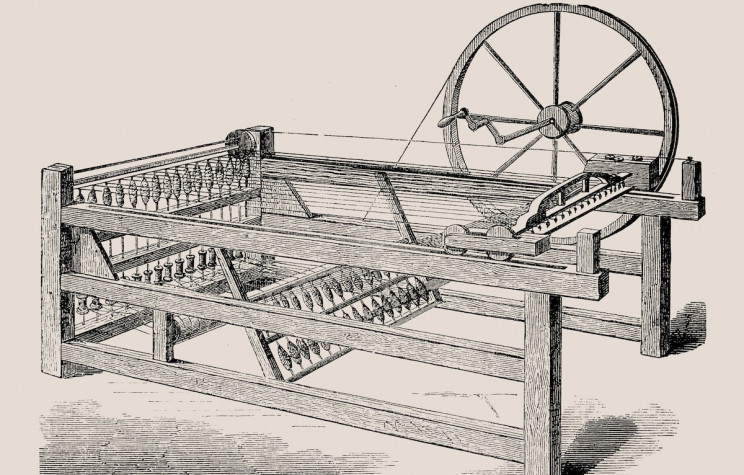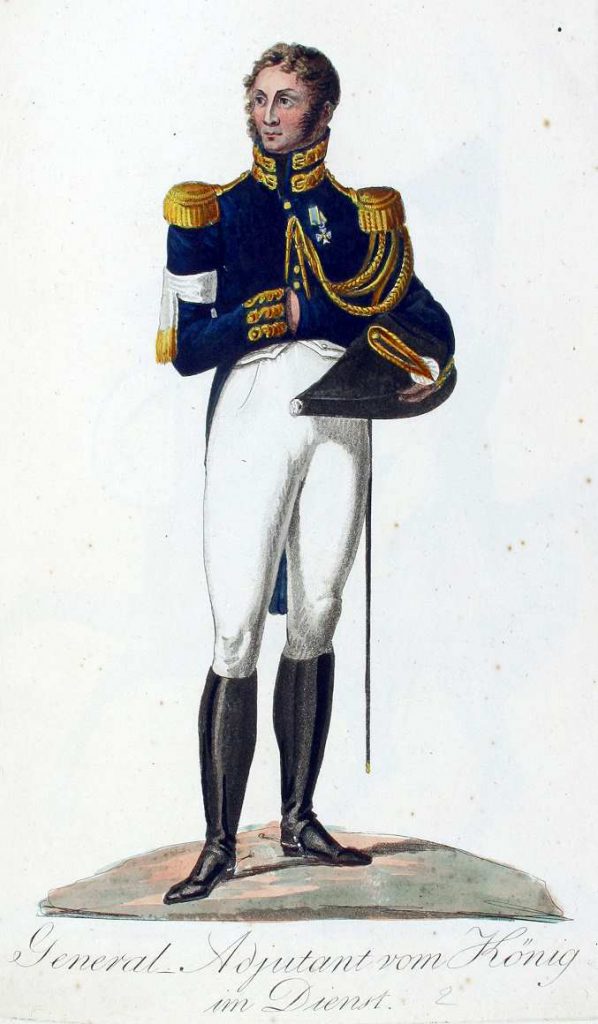Though harshly criticized for being one of the main causes of climate change today, it is no doubt that the Industrial Revolution was the peak of technological advancement, but more specifically fashion. Even with the era gap of over three hundred years, the Industrial Revolution still has a major influence on fashion in the twenty first century. This period in time was what enabled the possibilities of fast fashion. Before this time, clothing was seen as nothing but an expensive necessity. In the 1600’s, Britain’s fashion was seen to be very stiff and conservative. By having the tools such as the “Spinning Jenny” which was a multi-spindle spinning frame, people were able to wear looser and breathable clothing made of cotton. Thinner fabric was achievable through cast iron technology, a highly malleable iron with a low melting point used in a lot of factory machines today. The power in machinery had the capabilities to weave and knit breathable fabrics such as cotton.

https://interestingengineering.com/james-hargreaves-the-inventor-of-the-spinning-jenny
Fashion played a big role in distinguishing the social classes in this time. Unlike the periods before, the clothing made during the Industrial Revolution was a form of self expression and identity. Anything from colours to patterns, to accessories helped people break free from previous periods of tense and traditional wear. Women started to reject the idea of wearing a tight, structured corset and began to wear a corset that was made of a more flexible material. Some women even freed from the concept of wearing a corset and instead chose to embrace their curved bodies through the lightness of their clothing. Women at the time were beginning to branch away from tradition and explore new ideas with fashion.

https://en.wikipedia.org/wiki/Henriette_de_Verninac#/media/File:Jacques-Louis_David_Henriette_de_Verninac_1799.jpg
By Jacques-Louis David, Public Domain, https://commons.wikimedia.org/w/index.php?curid=30998291
In similarity, men’s fashion started to evolve from the influences of the French Revolution in 1789, where Napoleon and Beau Brummell were idolized for their fine tailored suits. Despite the lack of fashion knowledge that these two men had, Napoleon and Beau Brummell were two men who knew how to make an appearance. Napoleon, known as the man who led the French Revolution influenced men’s fashion by dressing him and his army in uniforms that showed nationalistic pride. As for Beau Brummell, he was a dandy who loved wearing tailored suits, linen, and trousers. He did not work directly in the fashion industry but maintained a sharp appearance which changed fashion for most men during the Industrial Revolution.

https://www.napoleon-series.org/military/organization/Saxons/c_Sauerweidsaxons.html
It is interesting to see that lots of trends seen in stores today were actually trends that had originated during the Industrial Revolution period. In my personal opinion, I think the Industrial Revolution was one of the best periods in time. Not only were people exploring with ideas of science and technology, people were also exploring new ways of self expression. For me, clothing is a piece of my identity. I dress accordingly to how I feel and it makes me feel confident in knowing that I can show others my personality through another medium other than speech.
Sources:
https://www.blankstyle.com/articles/clothing-and-textiles-industrial-revolution
https://en.wikipedia.org/wiki/1795%E2%80%931820_in_Western_fashion
http://www.ooshirts.com/guides/The-Clothing-and-Textile-Revolution.html